Unemployment rate keeps rising
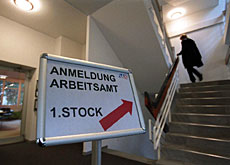
Unemployment is continuing to rise in Switzerland, with 162,000 people registered out of work last month.
The jobless rate reached 4.1 per cent in December – up from four per cent the previous month – but is still less than half of the 8.8 per cent registered in the eurozone in November.
According to the State Secretariat for Economic Affairs (Seco), the annual unemployment rate has reached 3.7 per cent, an increase of nearly half over 2002, and its highest level in six years.
But Seco said that December’s seasonally adjusted jobless rate had not changed from November, remaining at 3.9 per cent.
“This figure shows that the jobless rate has stabilised,” said Serge Gaillard, chief economist of the Swiss Federation of Trade Unions.
The Swiss Employers’ Association expects the unemployment rate to drop in the first half of 2004.
“But even though the figure is seasonal, I don’t think the situation will recover in January,” said the association’s Ruth Derrer-Balladore.
Worst affected
The French- and Italian-speaking regions remain the worst affected compared with the German-speaking part of the country. Geneva recorded a jobless rate of nearly seven per cent in December.
Officials said 2003 was marked by a strong increase in joblessness among the young, leaping from three to 4.7 per cent.
“Young people are in a special situation, with many of them coming onto the job market at the same time after completing their studies,” said Jean-Luc Nordmann, head of Seco’s labour division.
Despite the massive increase in youth unemployment, Seco is hoping job schemes it implemented in 2003 will prove their value.
Nordmann says initial results are positive and a project, which gives unemployed youngsters a taste of the workplace, should be pursued.
Seco hopes the unemployment rate will drop by the end of next year, with the economy expected to pick up.
Economic recovery
Beat Kappeler, a prominent business commentator, told swissinfo there would be a lag between economic recovery and a drop in the jobless rate.
“Individual entrepreneurs are waiting to see if new orders start to come in before hiring new employees,” he said.
Kappeler added that if there is an improvement in exports, which currently account for one in every two francs earned by the Swiss economy, employment should increase in the near future.
“I’m confident the unemployment figures will drop,” he said. “In the 1990s, the rate got as high as five per cent before dropping to 1.6 per cent two years later.”
The commentator pointed to the flexibility of the Swiss labour market as one reason more jobs could quickly become available.
“You can hire and fire people easily if economic conditions warrant it,” he told swissinfo. “This encourages entrepreneurs to take on new employees, because they can dismiss them if necessary.”
Kappeler also reckons Switzerland’s new unemployment benefits system will have an effect on unemployment figures. “The revision encourages people to go out and get a job, or at least additional training,” he said.
swissinfo, Scott Capper
In December 162,835 people were registered unemployed in Switzerland.
Switzerland’s annual unemployment rate has reached 3.7 per cent, its highest level since 1998.
The eurozone registered an overall unemployment rate of 8.8 per cent in November.
With 11.3 per cent Spain registered the highest unemployment figure within the Eurozone, closely followed by France (9.5 per cent) and Germany (9.3 per cent).
Luxembourg had the lowest jobless rate at 3.9 per cent.

In compliance with the JTI standards
More: SWI swissinfo.ch certified by the Journalism Trust Initiative
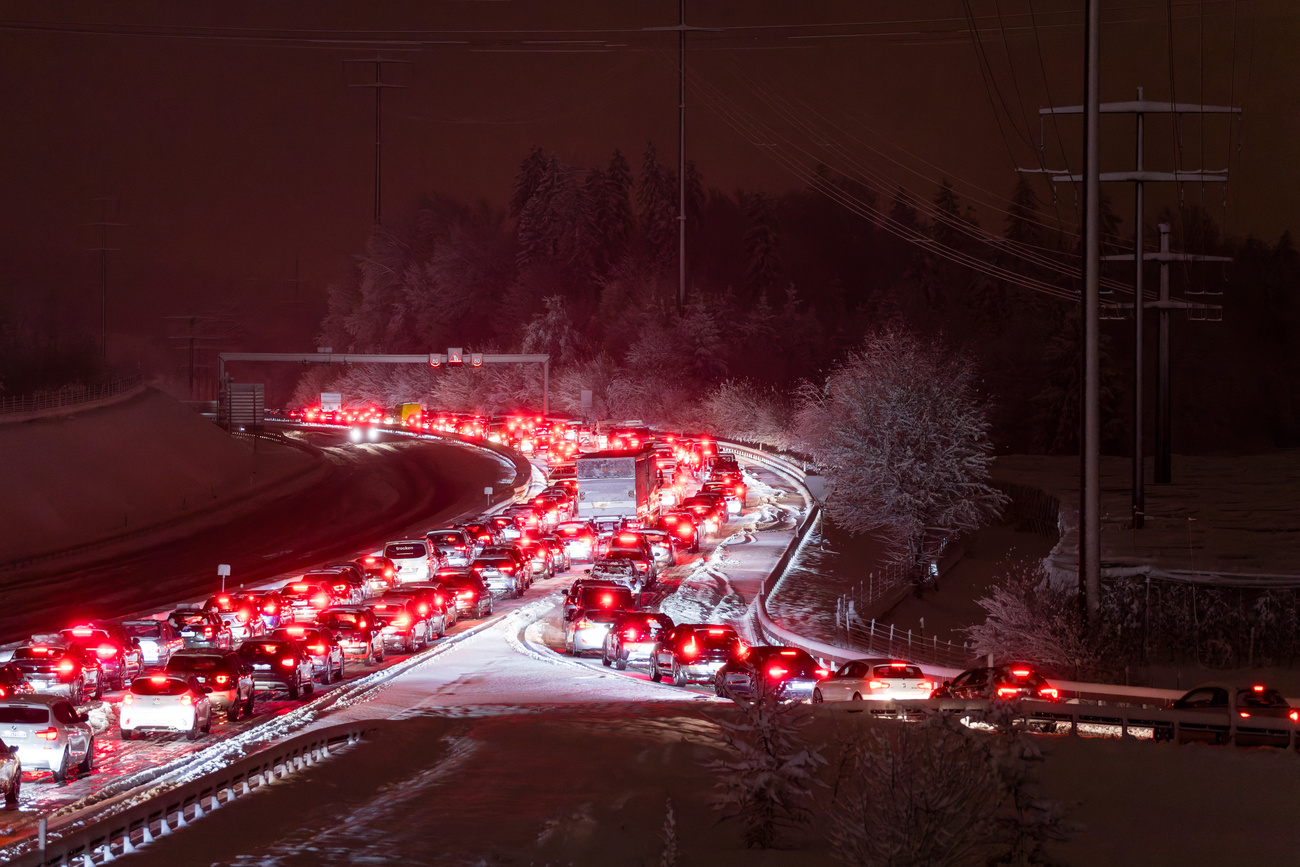



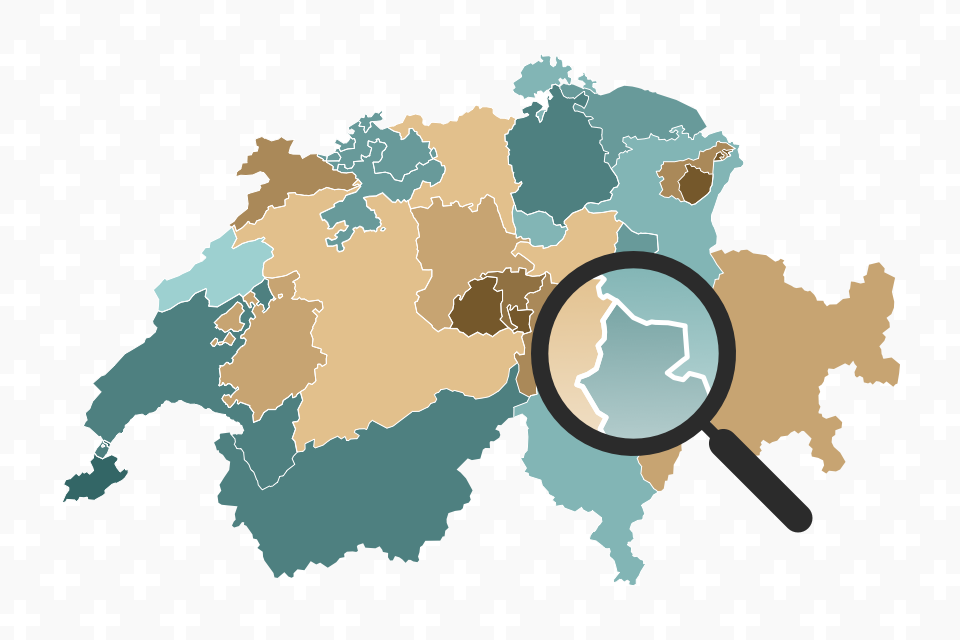



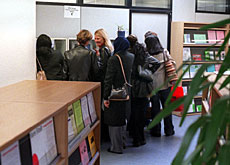
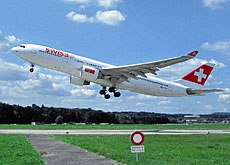

You can find an overview of ongoing debates with our journalists here . Please join us!
If you want to start a conversation about a topic raised in this article or want to report factual errors, email us at english@swissinfo.ch.